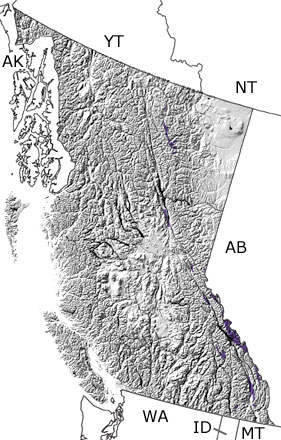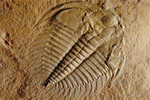The Cambrian in British Columbia, Canada
|
|
||||||||||||||||||||||||||||||||||||||||||||||||||||||||||||
Links to more on the Cambrian in British Columbia
Organizations | Education and Exhibits | Research and Collections | Resources
OrganizationsEducation and ExhibitsParks (showing 1 of 1 listings)
The Burgess Shale: One of the world's most important fossil finds, the Burgess Shale, is located in Yoho National Park of Canada. Designated a World Heritage Site in 1981, the Burgess Shale Formation contains the fossilized remains of more than 120 marine animal species dating back 515 million years.
Research and CollectionsVirtual Exhibits (showing 1 of 1 listings)
The Burgess Shale: This visually stunning online exhibition from the Royal Ontario Museum and Parks Canada, addresses aspects of history, research, education, outreach and visitor access to one of the most famous paleontological sites in the world. See amazing 3D animations, digital reconstructions and high-resolution images of the Burgess fossils.
ResourcesOngoing Research Projects (showing 1 of 1 listings)
Burgess Shale Research page at the Royal Ontario Museum: This page provides information on research being conducted at the Royal Ontario Museum on fossils from the Burgess Shale, with a list of recent publications. Links to press releases of important discoveries and podcasts are also provided.
Field Guides (showing 1 of 1 listings)
The Burgess Shale fossils: This site provides a description of the Burgess Shale and its stratigraphy, the Walcott quarry, and prominent fossil specimens (with photos) from this famous British Columbia locality.



